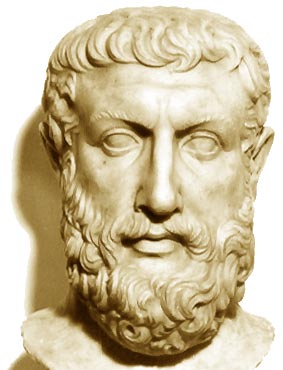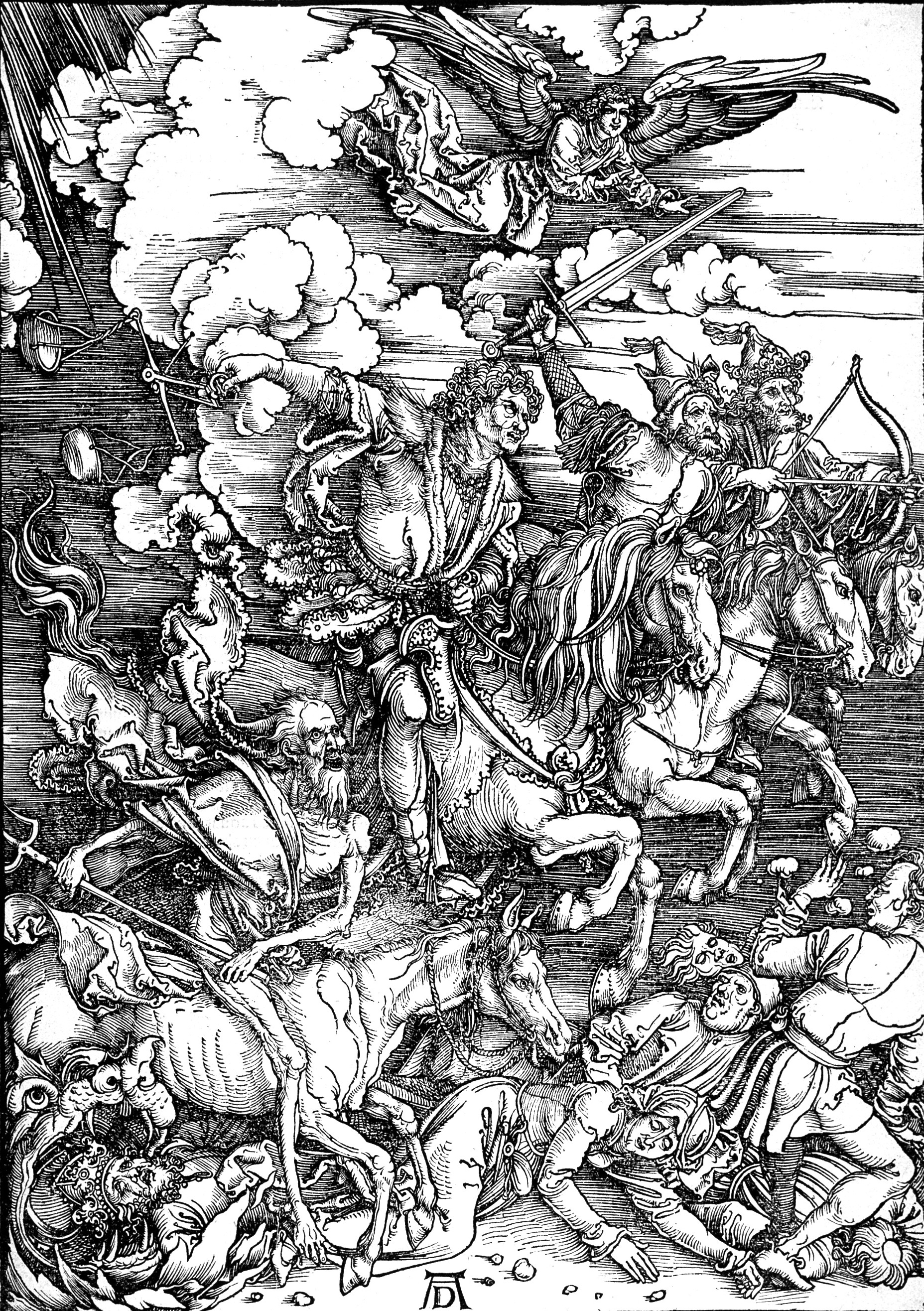|
Outline Of Metaphysics
The following outline is provided as an overview of and topical guide to metaphysics: Metaphysics – traditional branch of philosophy concerned with explaining the fundamental nature of being and the world that encompasses it, Geisler, Norman L. "Baker Encyclopedia of Christian Apologetics" page 446. Baker Books, 1999. although the term is not easily defined. Traditionally, metaphysics attempts to answer two basic questions in the broadest possible terms: # What ''is ultimately there''? # What ''is it like''? Nature of metaphysics Metaphysics can be described as all of the following: * Branch of philosophy – philosophy is the study of general and fundamental problems, such as those connected with existence, knowledge, values, reason, mind, and language. Philosophy is distinguished from other ways of addressing such problems by its critical, generally systematic approach and its reliance on rational argument. * Academic discipline – branch of knowledge that is taugh ... [...More Info...] [...Related Items...] OR: [Wikipedia] [Google] [Baidu] |
Religious Cosmology
Religious cosmology is an explanation of the origin, evolution, and eventual fate of the universe from a religious perspective. This may include beliefs on origin in the form of a creation myth, subsequent evolution, current organizational form and nature, and eventual fate or destiny. There are various traditions in religion or religious mythology asserting how and why everything is the way it is and the significance of it all. Religious cosmologies describe the spatial lay-out of the universe in terms of the world in which people typically dwell as well as other dimensions, such as the seven dimensions of religion; these are ritual, experiential and emotional, narrative and mythical, doctrinal, ethical, social, and material. Religious mythologies may include descriptions of an act or process of creation by a creator deity or a larger pantheon of deities, explanations of the transformation of chaos into order, or the assertion that existence is a matter of endless cyclical tran ... [...More Info...] [...Related Items...] OR: [Wikipedia] [Google] [Baidu] |
Ontology
In metaphysics, ontology is the philosophical study of being, as well as related concepts such as existence, becoming, and reality. Ontology addresses questions like how entities are grouped into categories and which of these entities exist on the most fundamental level. Ontologists often try to determine what the categories or highest kinds are and how they form a system of categories that encompasses classification of all entities. Commonly proposed categories include substances, properties, relations, states of affairs and events. These categories are characterized by fundamental ontological concepts, including particularity and universality, abstractness and concreteness, or possibility and necessity. Of special interest is the concept of ontological dependence, which determines whether the entities of a category exist on the most fundamental level. Disagreements within ontology are often about whether entities belonging to a certain category exist and, if so, how they ... [...More Info...] [...Related Items...] OR: [Wikipedia] [Google] [Baidu] |
Taoist Cosmology
Taoism (, ) or Daoism () refers to either a school of philosophical thought (道家; ''daojia'') or to a religion (道教; ''daojiao''), both of which share ideas and concepts of Chinese origin and emphasize living in harmony with the ''Tao'' (, 'Thoroughfare'); the ''Tao'' is generally defined as the source of everything and the ultimate principle underlying reality. The ''Tao Te Ching'', a book containing teachings attributed to Laozi (), together with the later writings of Zhuangzi, are both widely considered the keystone works of Taoism. Taoism teaches about the various disciplines for achieving perfection through self-cultivation. This can be done through the use of Taoist techniques and by becoming one with the unplanned rhythms of the all, called "the way" or "Tao". Taoist ethics vary depending on the particular school, but in general tend to emphasize ''wu wei'' (action without intention), naturalness, simplicity, spontaneity and the Three Treasures: , compassion, , ... [...More Info...] [...Related Items...] OR: [Wikipedia] [Google] [Baidu] |
Jain Cosmology
Jain cosmology is the description of the shape and functioning of the Universe (''loka'') and its constituents (such as living beings, matter, space, time etc.) according to Jainism. Jain cosmology considers the universe as an uncreated entity that has existed since infinity with neither beginning nor end. Jain texts describe the shape of the universe as similar to a man standing with legs apart and arms resting on his waist. This Universe, according to Jainism, is broad at the top, narrow at the middle and once again becomes broad at the bottom. Six eternal substances According to Jains, the Universe is made up of six simple and eternal substances called ''dravya'' which are broadly categorized under Jiva (Living Substances) and Ajiva (Non Living Substances) as follows: '' Jīva'' (Living Substances) * Jīva i.e. Souls – ''Jīva'' exists as a reality, having a separate existence from the body that houses it. It is characterised by ''chetana'' (consciousness) and ''upayog ... [...More Info...] [...Related Items...] OR: [Wikipedia] [Google] [Baidu] |
Hindu Cosmology
Hindu cosmology is the description of the universe and its states of matter, cycles within time, physical structure, and effects on living entities according to Hindu texts. Hindu cosmology is also intertwined with the idea of a creator who allows the world to exist and take shape. Matter All matter is based on three inert '' gunas'' (qualities or tendencies):James G. Lochtefeld, Guna, in The Illustrated Encyclopedia of Hinduism: A-M, Vol. 1, Rosen Publishing, , pages 224, 265, 520Theos Bernard (1999), ''Hindu Philosophy'', Motilal Banarsidass, , pages 74–76 * ''sattva'' (goodness) * ''rajas'' (passion) * '' tamas'' (darkness) There are three states of the ''gunas'' that make up all matter in the universe: * ''pradhana'' (root matter): ''gunas'' in an unmixed and unmanifested state (equilibrium). * '' prakriti'' (primal matter): ''gunas'' in a mixed and unmanifested state (agitated). * '' mahat-tattva'' (matter or universal womb): ''gunas'' in a mixed and manifested state. ... [...More Info...] [...Related Items...] OR: [Wikipedia] [Google] [Baidu] |
Buddhist Cosmology
Buddhist cosmology describes the planes and realms in which beings can be reborn. The spatial cosmology consists of a vertical cosmology, the various planes of beings, into which beings are reborn due to their merits and development; and a horizontal cosmology, the distribution of these world-systems into an "apparently" infinite sheet of "worlds." The temporal cosmology describes the timespan of the creation and dissolvement of universes in aeons. Buddhist cosmology is also intwined with the belief of karma, and explains that the world around us is the product of past actions. As a result, some ages are filled with prosperity and peace due to common goodness, whereas other eras are filled with suffering, dishonesty and short lifespans. Meaning and origin Course of rebirth and liberation The Buddhist cosmology is not a literal description of the shape of the universe; rather, it is the universe as seen through the (Pāli: dibbacakkhu दिब्बचक्खु), the "div ... [...More Info...] [...Related Items...] OR: [Wikipedia] [Google] [Baidu] |
Eschatology
Eschatology (; ) concerns expectations of the end of the present age, human history, or of the world itself. The end of the world or end times is predicted by several world religions (both Abrahamic and non-Abrahamic), which teach that negative world events will reach a climax. Belief that the end of the world is imminent is known as apocalypticism, and over time has been held both by members of mainstream religions and by doomsday cults. In the context of mysticism, the term refers metaphorically to the end of ordinary reality and to reunion with the divine. Various religions treat eschatology as a future event prophesied in sacred texts or in folklore. The Abrahamic religions maintain a linear cosmology, with end-time scenarios containing themes of transformation and redemption. In later Judaism, the term "end of days" makes reference to the Messianic Age and includes an in-gathering of the exiled Jewish diaspora, the coming of the Messiah, the resurrection of the righte ... [...More Info...] [...Related Items...] OR: [Wikipedia] [Google] [Baidu] |
Moral Universe
In literature, a moral universe is the moral nature of the universe as a whole in relation to human life, or a specific moral code. A moral universe A moral universe implies that we live in a basically spiritual universe that is somehow ordered by a higher power, by invisible feelings of good and bad, a 'cosmic order' reminiscent of the early Greeks that underpins and motivates our actions. Or a 'moral force' that means our actions must have definite effects which we carry with us. In this respect its meaning comes close to the Hindu concept of Karma. Those who reject this idea tend to believe that the universe is just physical, has no spiritual component at all, that events are random and have no deeper meaning or purpose, and that there can be no consequences of any kind to our actions and thus that we live in an amoral or nihilistic universe, as in Nietzsche's "God is dead," aphorism. Such might be the position of "anti-moral free spirits-nihilists." It is in Dostoyevsky's oft ... [...More Info...] [...Related Items...] OR: [Wikipedia] [Google] [Baidu] |
Cosmography
The term cosmography has two distinct meanings: traditionally it has been the protoscience of mapping the general features of the cosmos, heaven and Earth; more recently, it has been used to describe the ongoing effort to determine the large-scale features of the observable universe. Traditional usage The 14th-century work '' 'Aja'ib al-makhluqat wa-ghara'ib al-mawjudat'' by Persian physician Zakariya al-Qazwini is considered to be an early work of cosmography. Traditional Hindu, Buddhist and Jain cosmography schematize a universe centered on Mount Meru surrounded by rivers, continents and seas. These cosmographies posit a universe being repeatedly created and destroyed over time cycles of immense lengths. In 1551, Martín Cortés de Albacar, from Zaragoza, Spain, published ''Breve compendio de la esfera y del arte de navegar''. Translated into English and reprinted several times, the work was of great influence in Britain for many years. He proposed spherical charts and menti ... [...More Info...] [...Related Items...] OR: [Wikipedia] [Google] [Baidu] |
Cosmogony
Cosmogony is any model concerning the origin of the cosmos or the universe. Overview Scientific theories In astronomy, cosmogony refers to the study of the origin of particular astrophysical objects or systems, and is most commonly used in reference to the origin of the universe, the Solar System, or the Earth–Moon system. The prevalent cosmological model of the early development of the universe is the Big Bang theory. Sean M. Carroll, who specializes in theoretical cosmology and field theory, explains two competing explanations for the origins of the singularity, which is the center of a space in which a characteristic is limitless. (One example of a singularity is the singularity of a black hole, where gravity becomes infinite.) It is generally accepted that the universe began at a point of singularity. When the singularity of the universe started to expand, the Big Bang occurred, which evidently began the universe. The other explanation, held by proponents such ... [...More Info...] [...Related Items...] OR: [Wikipedia] [Google] [Baidu] |
Cosmos
The cosmos (, ) is another name for the Universe. Using the word ''cosmos'' implies viewing the universe as a complex and orderly system or entity. The cosmos, and understandings of the reasons for its existence and significance, are studied in cosmologya broad discipline covering scientific, religious or philosophical aspects of the cosmos and its nature. Religious and philosophical approaches may include the cosmos among spiritual entities or other matters deemed to exist outside the physical universe. Etymology The philosopher Pythagoras first used the term ''kosmos'' ( grc, κόσμος, Latinized ''kósmos'') for the order of the universe. Greek κόσμος "order, good order, orderly arrangement" is a word with several main senses rooted in those notions. The verb κοσμεῖν (''κοσμεῖν'') meant generally "to dispose, prepare", but especially "to order and arrange (troops for battle), to set (an army) in array"; also "to establish (a government or regime) ... [...More Info...] [...Related Items...] OR: [Wikipedia] [Google] [Baidu] |







